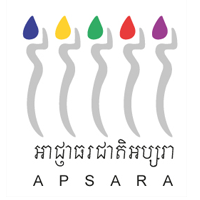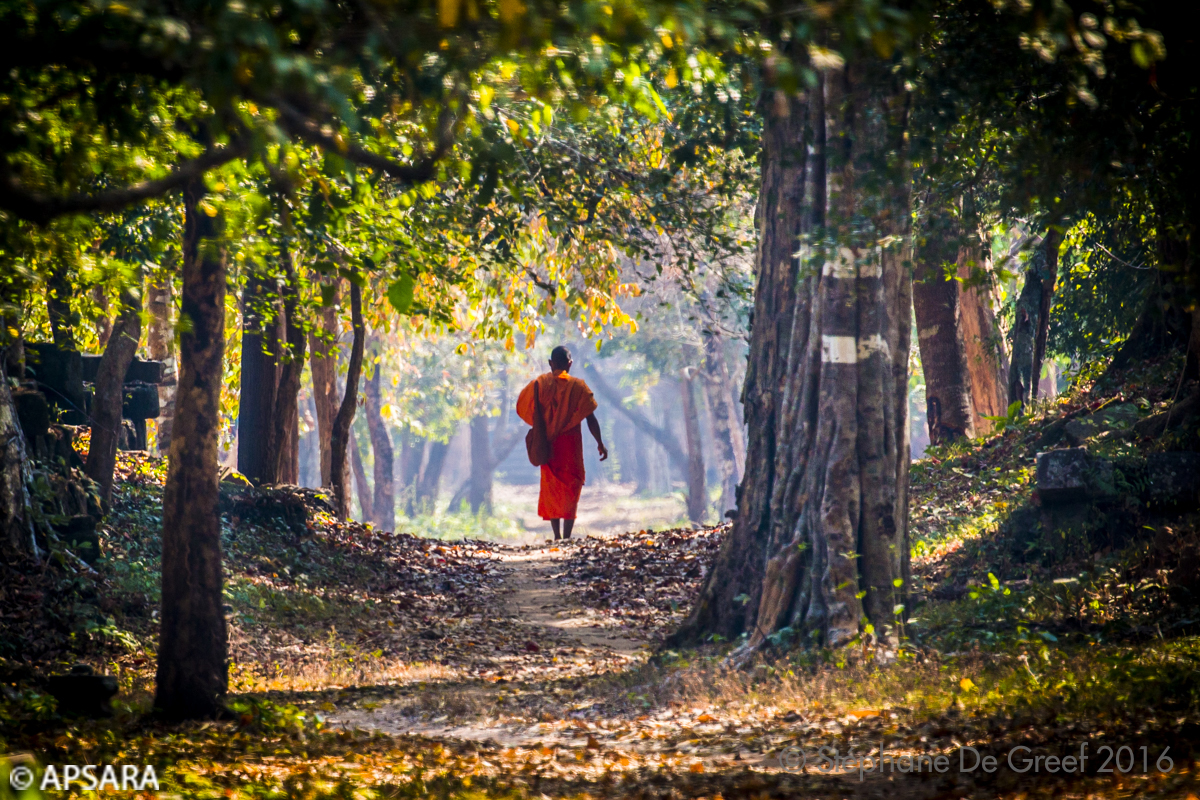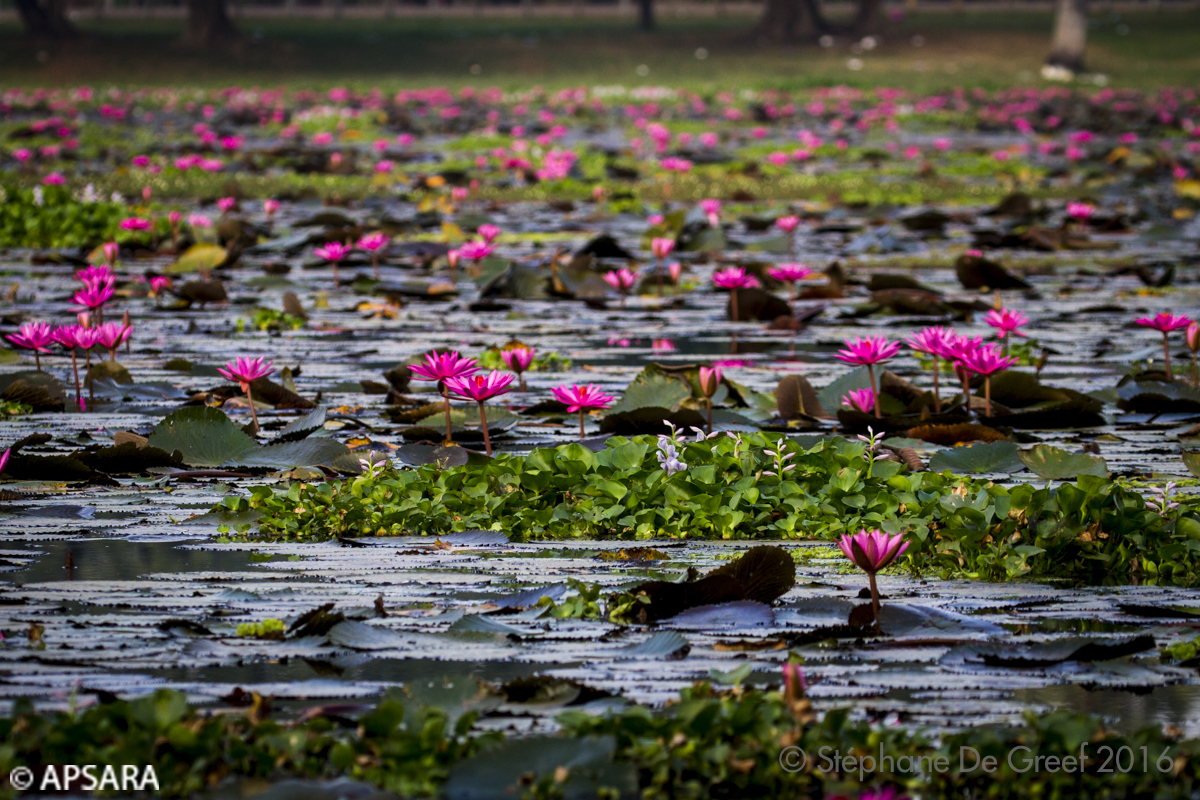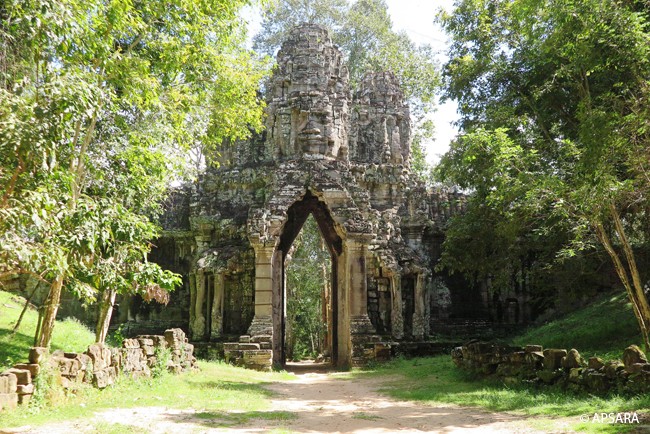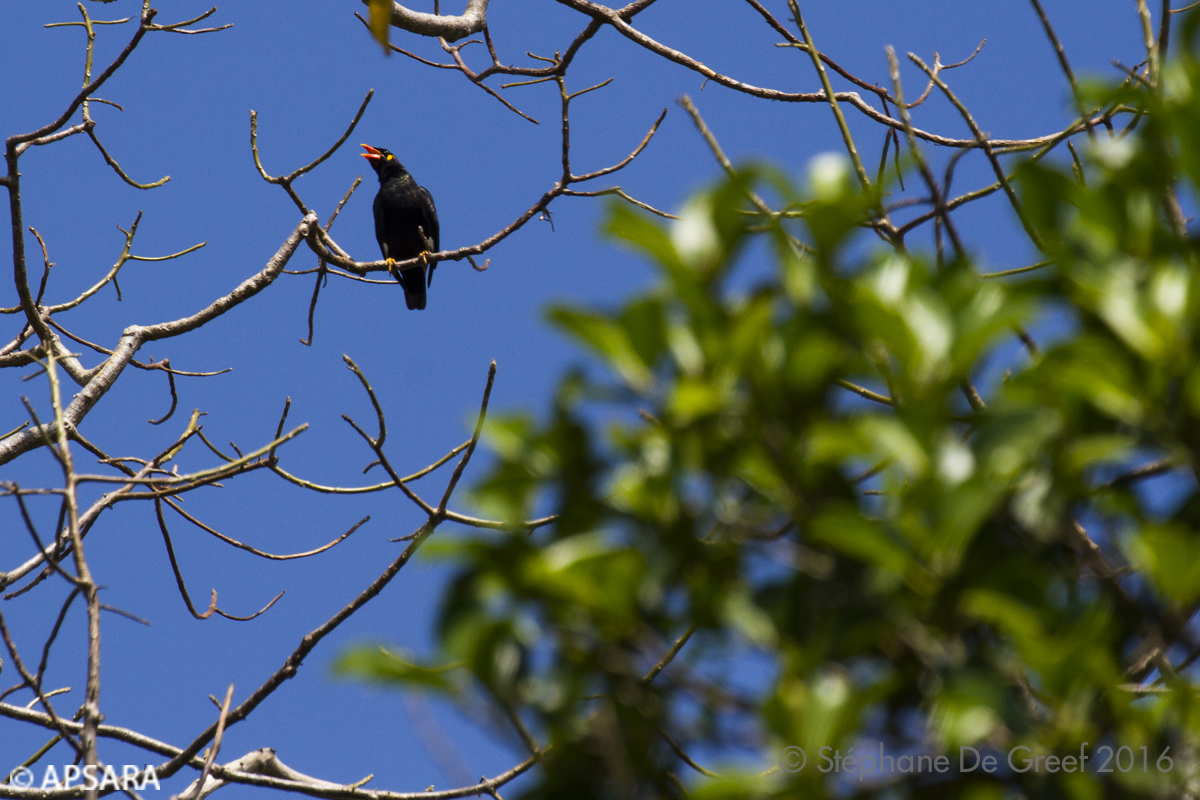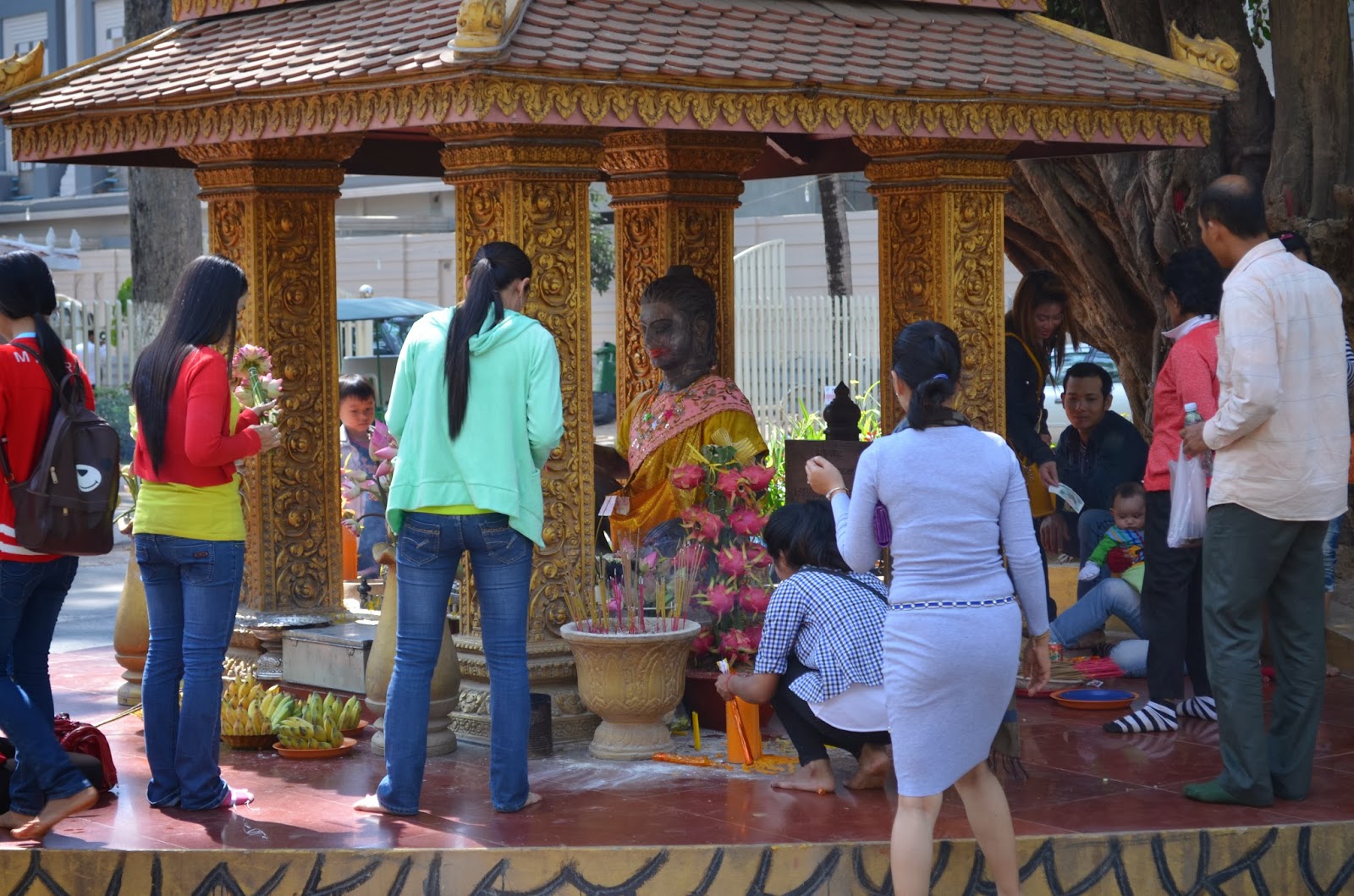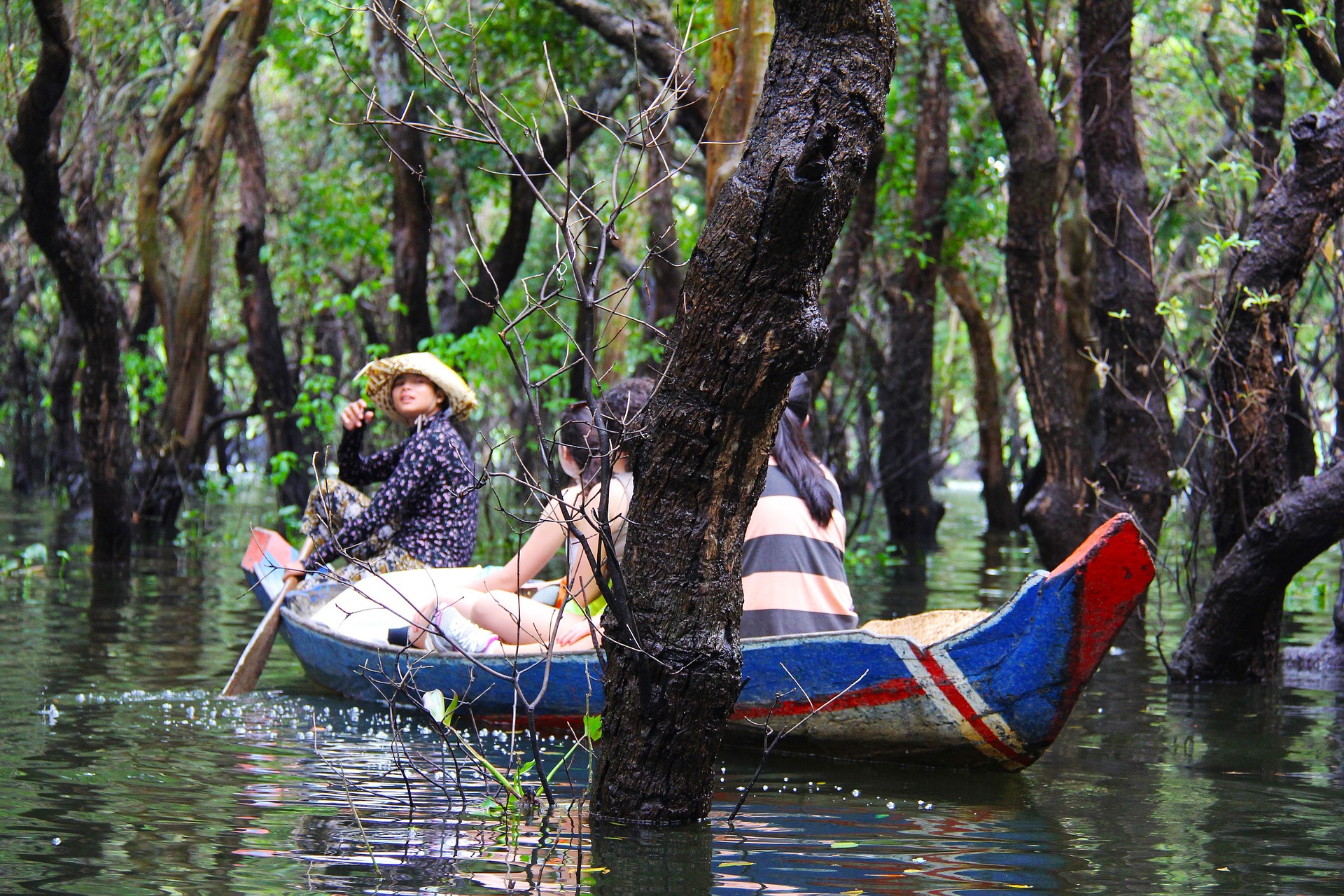ANGKOR'S PEOPLE
The exceptional wealth of the Angkor region is not limited to its singular archaeological and artistic remains, but includes a living cultural heritage of inestimable importance in anthropological and linguistic terms. Angkor’s People are known to be particularly conservative with respect to ancestral traditions, and a great number of archaic cultural practices that have disappeared elsewhere continue to be performed in its villages. What is more, many of these maintained traditions are found only here, reflecting the specificity of the Angkor region's rich historical legacy. It is possible to distinguish between three major types of village community in the Angkor region, an area of several thousand square kilometers stretching from the Tonle Sap north toward the Kulen foothills. Each of the groups occupies one of the major ecological sub-zones of the region; the socio-cultural differences observed are largely determined by geographical and environmental factors in the context of a long history of human habitation. One group consists of traditional subsistence rice farmers living in small family groups or villages scattered throughout the Angkor plain, and in particular those within the Angkor Park. These farming communities depend for their livelihood principally on one crop a year of rain-fed paddy. The second group contains the inhabitants living along the Puok, Siem Reap and Roluos rivers down to and including the shore and flood plains of the Tonle Sap lake. These people live in concentrated clusters and have a mixed economy characterized by self-sufficiency in rice and fish supplemented by seasonal market produce. The third community group consists of the "floating villages" on the Tonle Sap whose inhabitants are specialized in fishing activities, supplying their own subsistence needs and selling their surplus catch in order to purchase other essential foodstuffs and tools. On the whole, these are very old agglomerations. Settlements existed during the Angkor period in many of the same locations where present-day villages are found, indicating that these human establishments date back at least several centuries. The two pagodas inside the enclosure of Angkor Wat, as well as those at other Angkorian period temples such as the Bakong or Lolei, are undoubtedly also very old: just as having a nearby temple is a vital element of villagers' lives, so the temples cannot function without the support of the lay population, and this necessarily implies the presence of nearby villages. Due to the limitation of productive land imposed largely by water availability, the settlement system is a relatively closed one in that new villages are typically established by the surplus population moving out from old, overcrowded hamlets and not by migration from outside the area. Traditionally, it is primarily through marriage or adoption that an outside person becomes part of the community. This traditional pattern is reinforced by restrictions on any other inward migration in order to protect the heritage zone from overcrowding.
